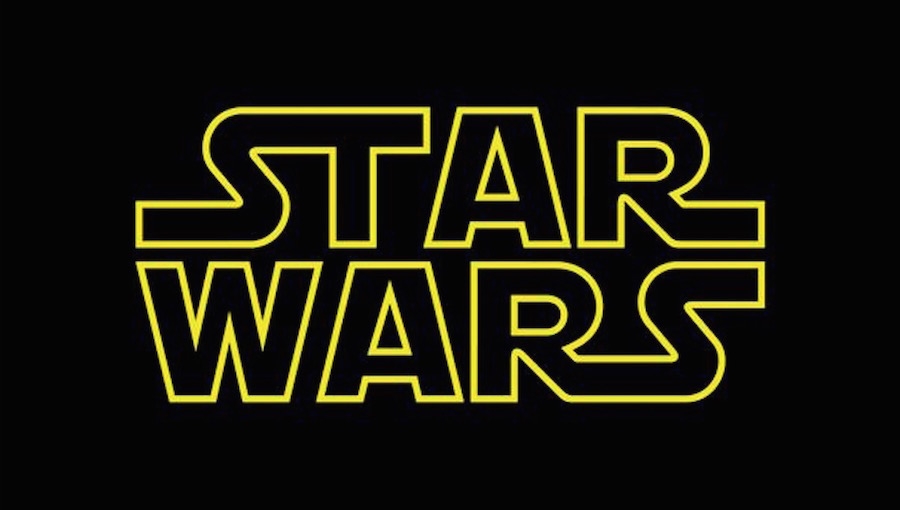I’m dating myself here, but I am old enough to have seen Star Wars during its original theatrical run in 1977. It’s interesting to think about how the movie-going experience has changed over 40 years. I grew up in a small town in the Midwest. Kansas City was my nearest major metropolitan area. It took a while before I got a chance to see Star Wars for a couple of reasons. First, I was in elementary school and unable to drive myself. The second was that, for quite a long time, Star Wars screened exclusively on one screen in Kansas City, and Kansas City wasn’t alone as it relates to that release pattern. Star Wars played at the Glenwood Cinema for over one full year (55 weeks to be exact). With it only playing on one screen in a city of nearly two million people, getting into it was kind of like getting tickets to Hamilton. Contemporary release patterns are considerably more wide and extensive. Films move in and out of the multiplex quickly, because the studios need to maximize that opening weekend as much as they can. If a film doesn’t open well, it doesn’t have time to find an audience, because there are more movies coming after it that will eat up the screens. For instance, The Force Awakens opened on over 4100 screens across North American. To put in perspective the change from 1977, when Star Wars ran in first run cinemas for over 12 months, a year after The Force Awakens was released, Rogue One was already in theaters and The Last Jedi was already in principle photography.
Indeed, a lot has changed about the movie business and the way movies are made. I think it’s important to understand what a massive impact Star Wars has had on the industry both artistically and commercially.
One of the things that had made Star Wars such a sensation in 1977 was that audiences had never really seen anything like it before. If you think about it, the story isn’t particularly complicated: Luke Skywalker saves Princess Leia and then blows up the Death Star. That’s pretty much it.
What Star Wars delivers in spades is the presentation. This was a movie set in a different galaxy that actually felt like it. There was a ridiculous amount of raw creativity on screen in terms of creatures and world building, but the world Lucas built was tactile and felt lived in. Audiences totally bought into the Star Wars universe on a visceral, instinctive level. It seemed real in a way that the mostly digitally generated prequels didn’t.
Even as early as 1977, Lucas was revolutionizing filmmaking with his use of computers. CGI was still in its infancy; Lucas wouldn’t sell his computer animation division to Steve Jobs until 1986. (It would later be renamed Pixar.) For Star Wars, Lucas used computer tech to create the film’s elaborate visual effects. Computers were used to synchronize camera movements, so the same shot could be repeated precisely again and again and then composited into one flawless image. In Star Wars, the space ships didn’t really move. They were stationary models, the illusion of movement came from the camera moving around them. The audience’s love of special effects-driven films has only increased over the years, with Lucas’ company, Industrial Light and Magic, being one of the great innovators in putting the impossible on screen.
Not only did Star Wars usher in a new era of movie wizardry, it also ushered in a new attitude. Star Wars was one of the first summer blockbusters, which led to the summer movie season being dominated by (for the most part) zippy, escapist entertainment. Star Wars was an unprecedented box office attraction for its time, which also led to rethinking within the industry about how much money a movie could make. Forty years later, the studios are making fewer movies but they cost exponentially more, leading to fewer and fewer creative risks being taken. Hell, part of the reason Disney bought Lucasfilm in the first place was to exploit Star Wars as an intellectual property and make movies and theme park rides based on stories audiences already were comfortable with. The circle is now complete.
Lucas also revolutionized (or at the very least capitalized on) the use of product licensing. When he was negotiating with 20th Century Fox to produce the first Star Wars film, Lucas famously reserved the toy rights and the sequel rights for himself. Fox thought he was an idiot. The sequel rights gave Lucas the creative freedom to make the films he wanted to make, and the prequels were all essentially big-budget indie films. Controlling the product licensing has probably generated more money than the films themselves, what with all the toys, books, video games, and clothing that’s been sold over the years. Star Wars is its own cottage industry, and movies and TV have followed the lead. The selling and packaging of pop culture today (I am drinking tea out of a Dunder Mifflin mug as I’m writing this.) owes a huge debt to Star Wars.
I know a lot of people will wax nostalgic over the Star Wars 40th anniversary, remembering how they were influenced by the films as kids. The influence of Star Wars is much bigger than that. In 2017, screenwriters have no shackles on their imaginations. Literally anything they can imagine can be realized now on screen. For good or ill, there are no longer any creative limits, and we largely have Star Wars to thank for that.

